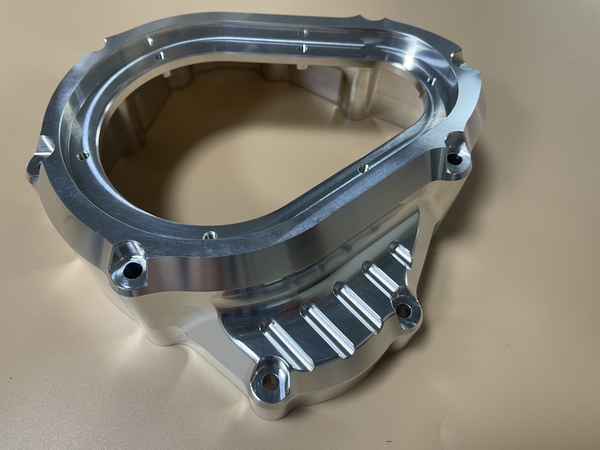
Rapid prototyping is a smart design procedure that deals with an idea, prototyping, and testing of physical part, model, or developing with 3D computer-aided design (CAD). The development of part, assembly, or model is achieved through the additive manufacturing method, known as 3D printing.
Luckily, we have found a solution to solve prototype manufacturing challenges i.e., prototyping in China. Basically, it is a set of techniques used to quickly produce a scale model of a physical part using 3D CAD data. The best advantage is tool-less manufacturing, which seems a faster and effective way to discover and realize product concepts. This method is ideal for hardware startups or even well-established enterprises, those mainly invest in resources for development more than software counterparts.
What is Rapid Prototyping?
If we put it in simple words, rapid prototyping is a group of methods used to quickly and efficiently create a scale model of product assembly using CAD data. The term is often used with 3D printing interchangeably, which is a crucial aspect of rapid prototyping.
It uses an additive manufacturing approach as it is a quick and practical solution to create a near-perfect replica many times. 3D printing machines adhere to 3-dimensional design commands from CAD mechanisms and create a product replica by adding layers of liquid plastic or synthetic materials.
Significance of Rapid Prototyping
In today’s dynamic, fast-changing consumer marketplace, companies need to focus on developing and introducing innovative products to gain a competitive edge over others. And here comes numerous rapid prototyping methods into play, including Stereolithography (SLA), Selective Laser Sintering (SLS), Fused Deposition Modeling (FDM), Laminated Object Manufacturing (LOM), and Selective Laser Melting (SLM).
The following goals can be accomplished via rapid prototyping:
· Quick new product development – Prototyping plays a remarkable role in creating successful products because it seems the best way to speed up the new product development process
· Early-stage design validation of the fit, form, and function of the product concept
· Final stage product validation against technical specifications and business goals
· Functionality testing to evaluate the concept objectives and finalize the required specifications
· Provide end-users, consumers, clients, and user participants with viable hands-on experience to receive feedback
Choosing the Right Rapid Prototyping Techniques
Picking a suitable technique is crucial to ensure the success of prototyping. Each method has its own complications, pricing, cost, speed, material, feature compatibility, fidelity level, and development process.
As rapid prototyping isn’t just limited to one process to assemble a product, take expert assistance at Uidea to understand your prototyping and production options to achieve desired results.
















